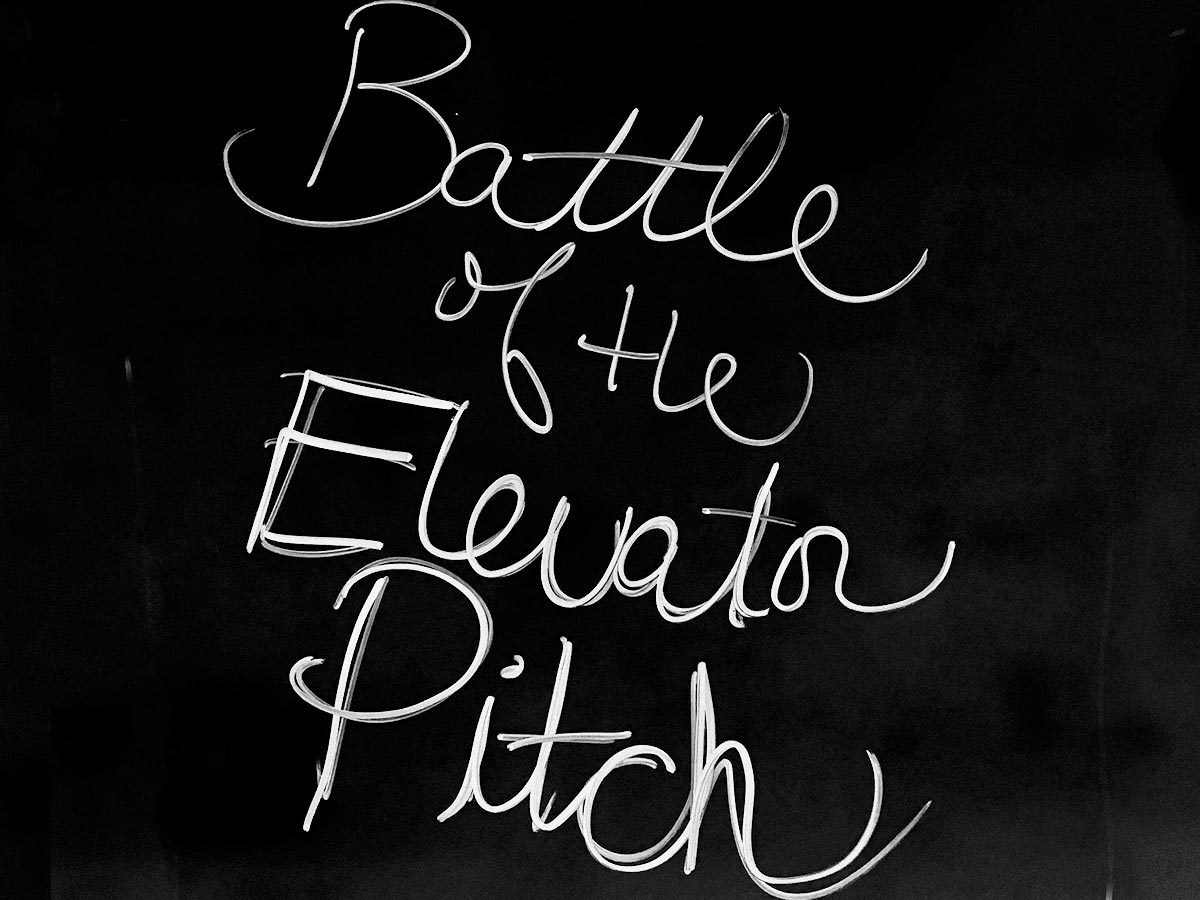Jennifer Kowalski
Professor of Instruction
Graphic Arts & Interactive Design
Temple University Tyler School of Art
Today’s college students are under increasing pressure to have a side hustle—a part-time job that is often related to entrepreneurship. Over the course of the next decade, half of millennials intend to start a new business or be self-employed. Students today are six times more likely to start a business while in school than they were in the 1960s and 1970s. Design students can leverage passion projects for income, practical portfolio work, and opportunities for professional networking. How can design academics foster this entrepreneurship and set their students up for success?
This presentation explores potential projects and existing platforms for design entrepreneurship that fit students’ limited budgets and time constraints. The presentation looks at ways existing student work can be repurposed for entrepreneurship and offers example projects that students can complete independently or as part of a curriculum. Pros and cons of sales platforms are reviewed—from self-hosted ecommerce through sites like Squarespace, Wix, and Shopify to print-on-demand services like Society6, Printful, and Spoonflower to design-minded virtual marketplaces like Etsy and CreativeMarket. The emphasis is on finding methods for students to engage in creative risks without taking financial ones. With proper support, students can gain valuable experience facing real-world challenges with real-world results well before graduation.
This research was presented at the Design Incubation Colloquium 5.2: CAA 2019 Conference New York on Thursday, February 14, 2019.


